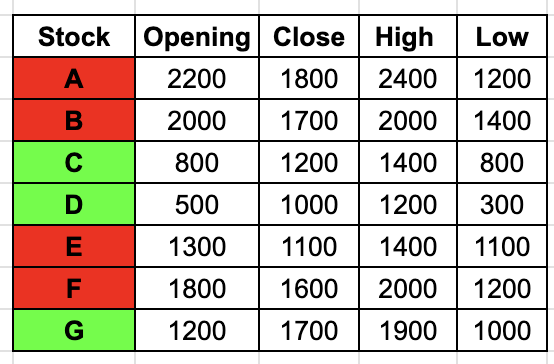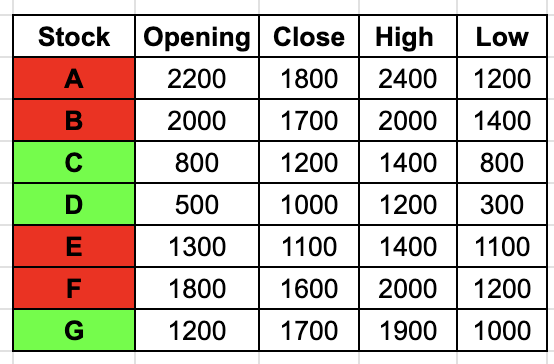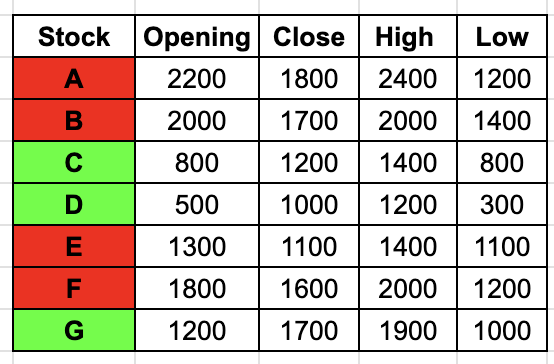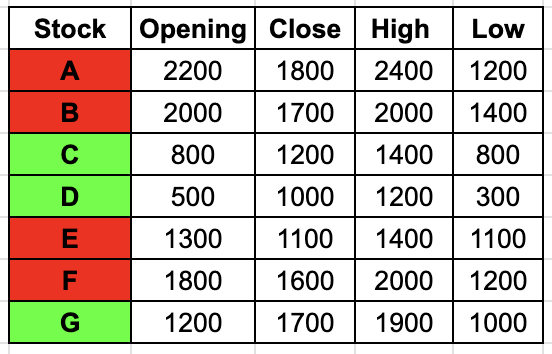CAT 2024 Slot 1 Question Paper
The passage below is accompanied by four questions. Based on the passage, choose the best answer for each question.
In the summer of 2022, subscribers to the US streaming service HBO MAX were alarmed to discover that dozens of the platform’s offerings - from the Covid-themed heist thriller Locked Down to the recent remake of The Witches - had been quietly removed from the service . . . The news seemed like vindication to those who had long warned that streaming was more about controlling access to the cultural commons than expanding it, as did reports (since denied by the show’s creators) that Netflix had begun editing old episodes of Stranger Things to retroactively improve their visual effects.
What’s less clear is whether the commonly prescribed cure for these cultural ills - a return to the material pleasures of physical media - is the right one. While the makers of Blu-ray discs claim they have a shelf life of 100 years, such statistics remain largely theoretical until they come to pass, and are dependent on storage conditions, not to mention the continued availability of playback equipment. The humble DVD has already proved far less resilient, with many early releases already beginning to deteriorate in quality Digital movie purchases provide even less security. Any film “bought” on iTunes could disappear if you move to another territory with a different rights agreement and try to redownload it. It’s a bold new frontier in the commodification of art: the birth of the product recall. After a man took to Twitter to bemoan losing access to Cars 2 after moving from Canada to Australia, Apple clarified that users who downloaded films to their devices would retain permanent access to those downloads, even if they relocated to a hemisphere where the [content was] subject to a different set of rights agreements. Thanks to the company’s ironclad digital rights management technology, however, such files cannot be moved or backed up, locking you into watching with your Apple account.
Anyone who does manage to acquire Digital Rights Management free (DRM-free) copies of their favourite films must nonetheless grapple with ever-changing file format standards, not to mention data decay - the gradual process by which electronic information slowly but surely corrupts. Only the regular migration of files from hard drive to hard drive can delay the inevitable, in a sisyphean battle against the ravages of digital time.
In a sense, none of this is new. Charlie Chaplin burned the negative of his 1926 film A Woman of the Sea as a tax write-off. Many more films have been lost through accident, negligence or plain indifference. During a heatwave in July 1937, a Fox film vault in New Jersey burned down, destroying a majority of the silent films produced by the studio.
Back then, at least, cinema was defined by its ephemerality: the sense that a film was as good as gone once it left your local cinema. Today, with film studios keen to stress the breadth of their back catalogues (or to put in Hollywood terms, the value of their IPs), audiences may start to wonder why those same studios seem happy to set the vault alight themselves if it’ll help next quarter’s numbers.
CAT 2024 Slot 1 - Question 21
Which one of the following statements about art best captures the arguments made in the passage?
CAT 2024 Slot 1 - Question 22
Which one of the following statements, if true, would best invalidate the main argument of the passage?
CAT 2024 Slot 1 - Question 23
Which of the following statements is suggested by the sentence “Back then, at least, cinema was defined by its ephemerality: the sense that a film was as good as gone once it left your local cinema”?
CAT 2024 Slot 1 - Question 24
“Netflix had begun editing old episodes of Stranger Things to retroactively improve their visual effects.” What is the purpose of this example used in the passage?
The chart below shows the price data for seven shares - A, B, C, D, E, F, and G as a candlestick plot for a particular day. The vertical axis shows the price of the share in rupees. A share whose closing price (price at the end of the day) is more than its opening price (price at the start of the day) is called a bullish share; otherwise, it is called a bearish share. All bullish and bearish shares are shown in green and red colour respectively.
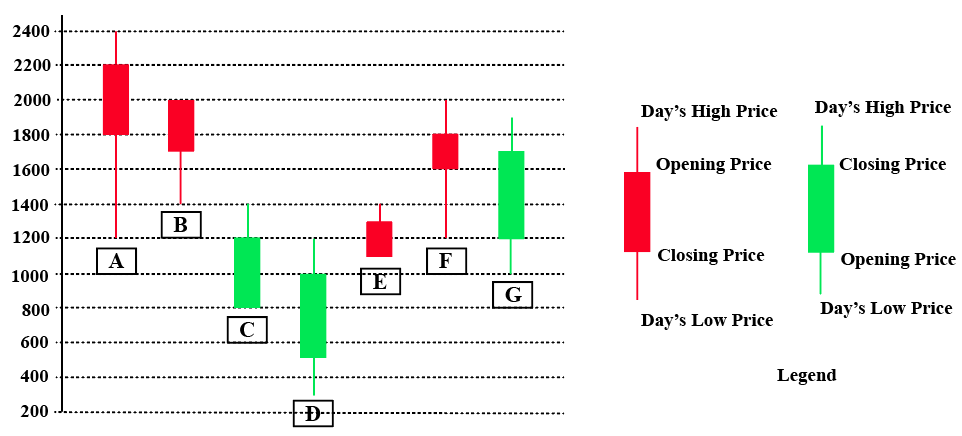
CAT 2024 Slot 1 - Question 25
Daily Share Price Variability (SPV) is defined as (Day’s high price - Day’s low price) / (Average of the opening and closing prices during the day). Which among the shares A, C, D and F had the highest SPV on that day?
CAT 2024 Slot 1 - Question 26
Daily Share Price Variability (SPV) is defined as (Day’s high price - Day’s low price) / (Average of the opening and closing prices during the day). How many shares had an SPV greater than 0.5 on that day?
789
456
123
0.-
Clear All
CAT 2024 Slot 1 - Question 27
Daily loss for a share is defined as (Opening price - Closing price) / (Opening price). Which among the shares A, B, F and G had the highest daily loss on that day?
CAT 2024 Slot 1 - Question 28
What would have been the percentage wealth gain for a trader, who bought equal numbers of all bullish shares at opening price and sold them at their day’s high?
Six web surfers M, N, O, P, X, and Y each had 30 stars which they distributed among four bloggers A, B, C, and D. The number of stars received by A and B from the six web surfers is shown in the figure below.
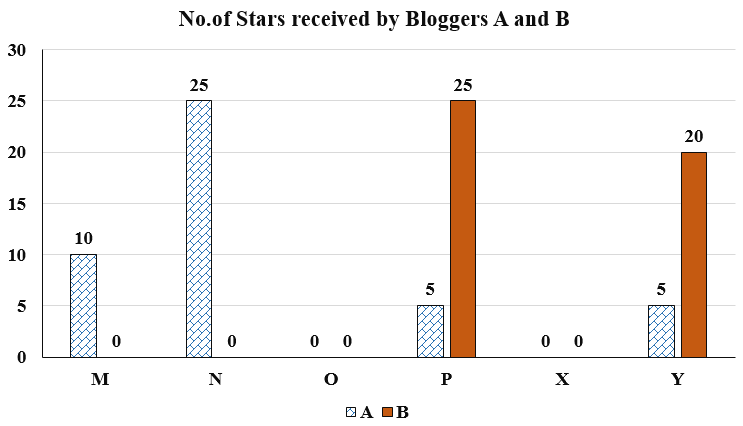
The following additional facts are known regarding the number of stars received by the bloggers from the surfers.
1. The numbers of stars received by the bloggers from the surfers were all multiples of 5 (including 0).
2. The total numbers of stars received by the bloggers were the same.
3. Each blogger received a different number of stars from M.
4. Two surfers gave all their stars to a single blogger.
5. D received more stars than C from Y.
CAT 2024 Slot 1 - Question 29
What was the total number of stars received by D?
789
456
123
0.-
Clear All
CAT Quant Questions | CAT Quantitative Ability
CAT DILR Questions | LRDI Questions For CAT
CAT Verbal Ability Questions | VARC Questions For CAT
Also Read
Frequently Asked Questions
You can download the CAT 2024 Slot 1 question paper PDF from Cracku’s official website, which also offers free memory-based questions and video solutions.
Yes, Cracku provides free video solutions for CAT 2024 Slot 1 questions, covering each section with expert explanations and tips.
Cracku’s video solutions are known for their accuracy, offering clear, step-by-step explanations based on memory-based questions shared by test-takers.
Reviewing Slot 1 helps you analyze the actual exam pattern, difficulty level, and question types. It’s a great way to prepare smarter for future CAT attempts.
Yes, the downloadable PDF from Cracku includes all three sections—VARC, DILR, and QA—as they appeared in the CAT 2024 Slot 1 exam.
Cracku’s video solutions offer expert strategies, tricks, and detailed explanations to help improve your accuracy, speed, and confidence in the exam.

